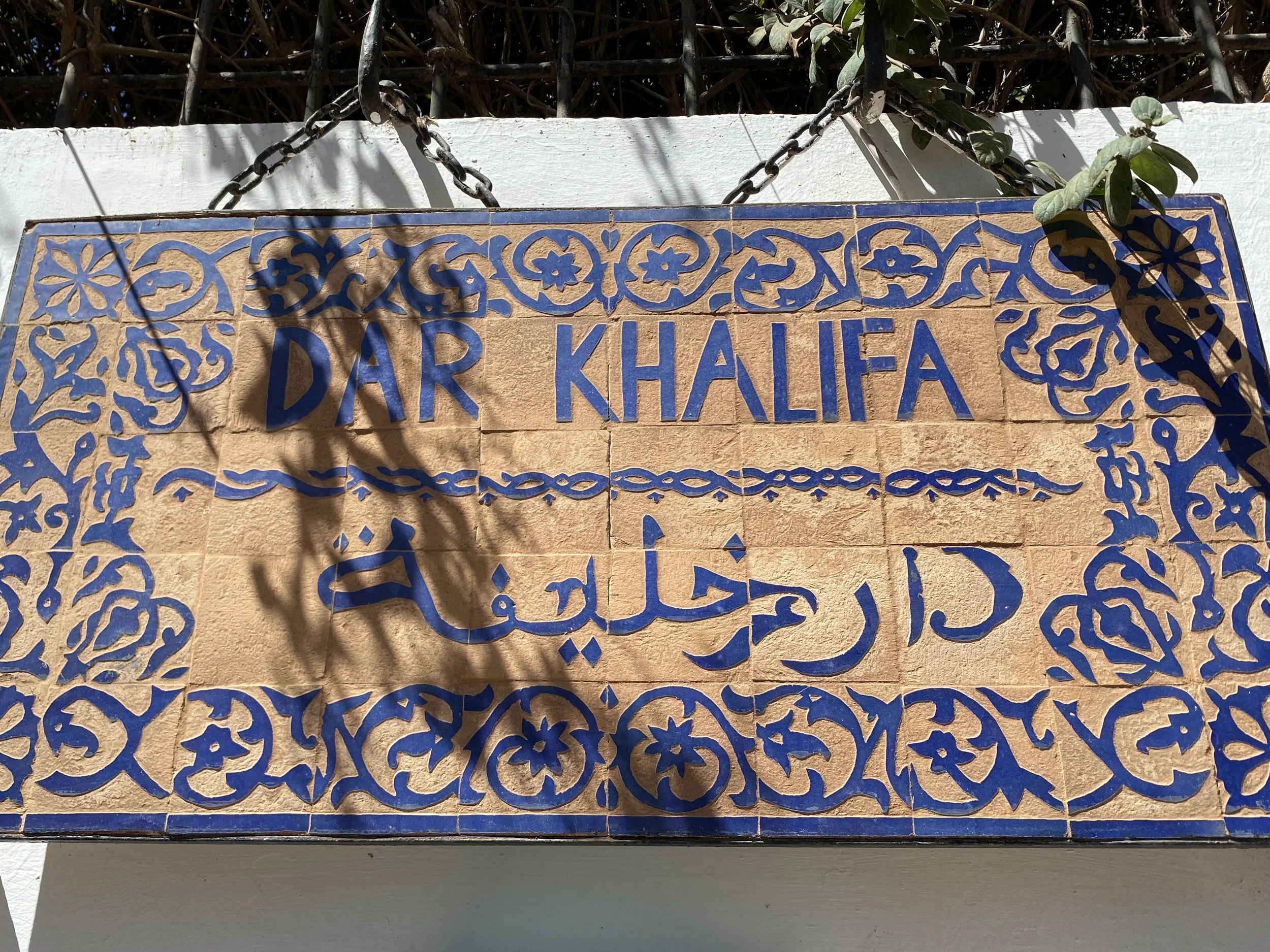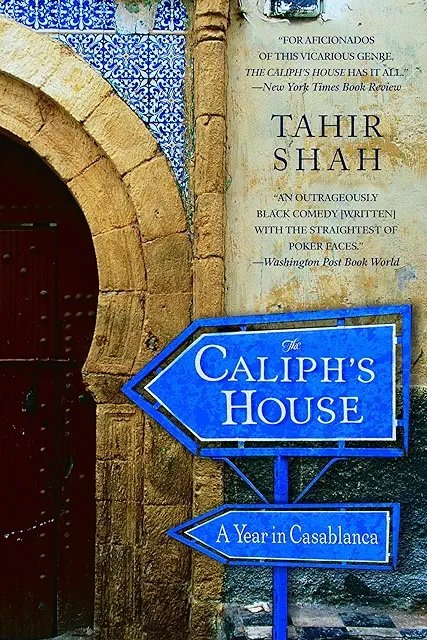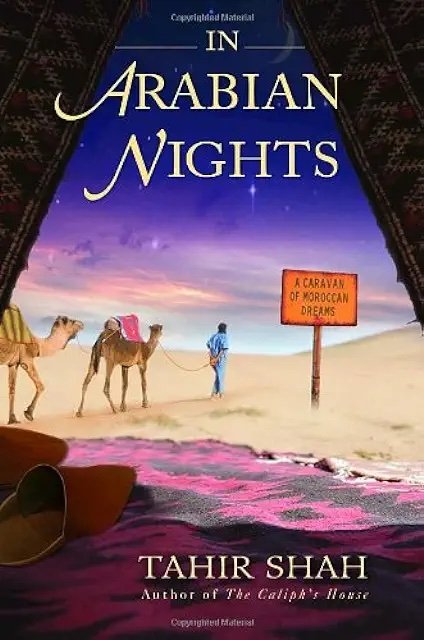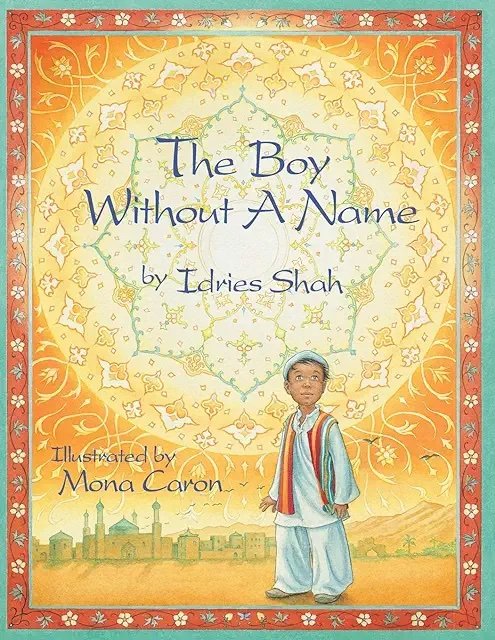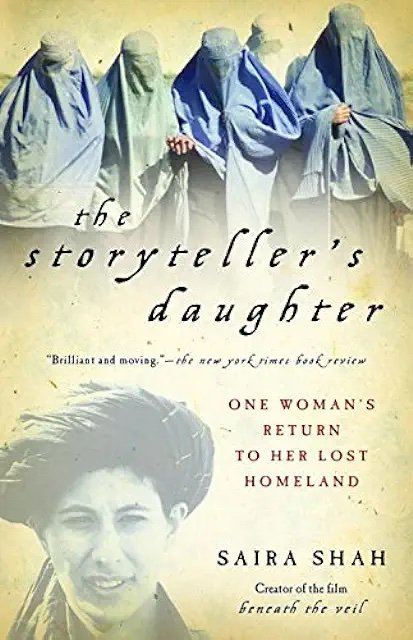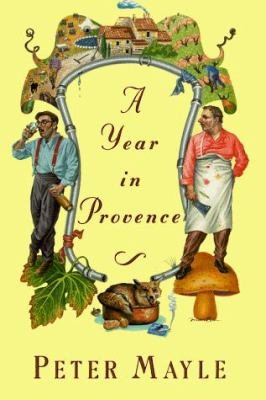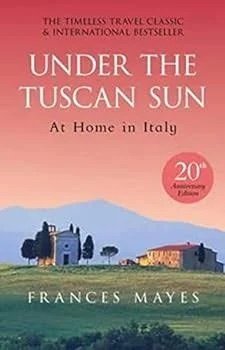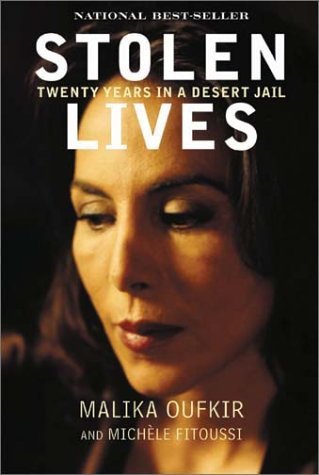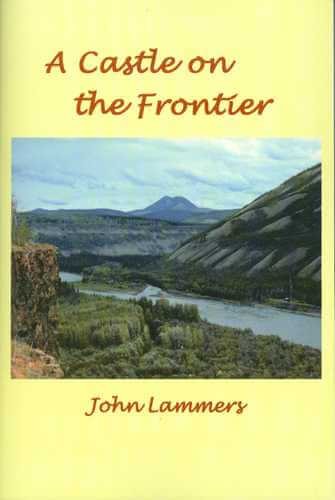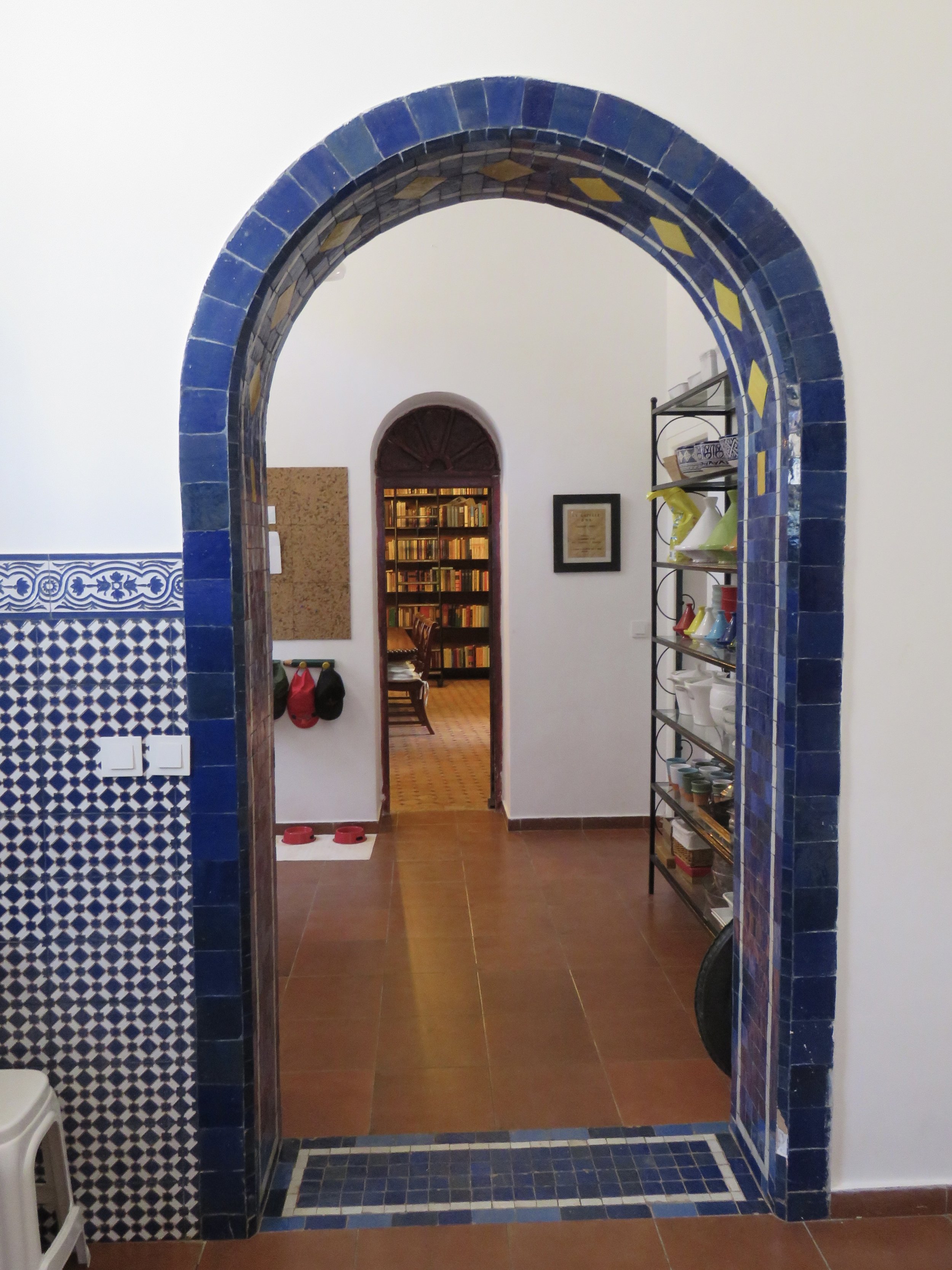It all started with a book.
As a volunteer I spend two hours a week working in our local “recycle depot book house”. It is a good sized room, a separate ‘shed’ at our local recycle depot, with shelves from floor to ceiling.
As people bring their regular recyclables, they also often bring books they don’t need anymore.
Our recycle book depot
Whenever there is a volunteer on duty, anyone can come in to donate books. We reject old, tattered or mildewy books but the shelves are stocked with popular reads - fiction and nonfiction, books on gardening, cookbooks, travel books and a whole section of children’s books. I like my 2 hours a week shift when I can look at books, sort books and rearrange them. Other people come in and are thrilled to find magazines, a long-out-of-print title, a new cookbook to try, a pile of kids’ books because their grandchildren will be visiting, or discover a new gem they didn’t know existed.
That last one is what happens to me all the time. When I go to our fabulous local bookstore, it is usually to buy a book I heard about. In our local library I check out books that I am actually looking for. But in this recycle book depot, I spot books I didn’t know existed. And sometimes they seem to be waiting for me…
I found A Castle on the Frontier by John Lammers here. That turned out to be a book by a Dutch immigrant (like us), who spent years in the Yukon (like us) and then moved to Salt Spring Island (like us). I picked up a copy of An Arctic Man by Ernie Lyall, a fascinating book about a white man who lived as an Inuit in the north. I didn’t know to look for Stolen Lives by Malika Oufkir until it jumped out to me in the book depot. But perhaps the most exciting find ever was an attractive paperback. It showed an ancient door surrounded by blue Moroccan tiles. Set in Casablanca, the nonfiction book is called The Caliph’s House, written by Tahir Shah. It immediately appealed to me. When the short content told me that it was in the tradition of A Year in Province and Under The Tuscan Sun, I took it home.
As I started to read the intriguing, funny, exciting true story, I slowly realized that I “knew” Tahir Shah. At least, I knew about him. His father was a famous Afghan storyteller whose books were being republished as children’s books and distributed by my Canadian friend Aubrey Davis. Aubrey was a renowned, Jewish storyteller who wrote popular books for children. His warm, laughing brown eyes made you want to be friends with him right away. The Indries Shah Foundation says that “Aubrey worked tirelessly through the Institute for Cross-cultural Exchange and Books Without Borders to make Shah’s children’s books available to kids in need in deprived societies around the world. His efforts ensured that a quarter of-a-million books were donated to children in Canada and Afghanistan alone.
Then, as I read Tahir Shah’s novel, it suddenly dawned on me that I was Facebook friends with his sister Safia Shah, a writer in her own right, who runs Kashfi's Children, a non-profit organization dedicated to “gifting books to small local non-profits and initiatives which have a proven track record, and are committed to fostering education, equality, understanding and tolerance", in countries like Afghanistan and Pakistan. “Wow, what a family!” I thought.
And then, in the same recycle book depot, I came across a copy of a book called The Storyteller’s Daughter, written by the oldest sibling Saira Shah. How proud their father must have been that all of his children turned out to be gifted storytellers.
Tahir Shah has written many fascinating books. I ended up buying several, including In Arabian Nights. But The Caliph’s House is one of my favourite reads ever.
Once nestled among shanty town shacks, Dar Khalifa is now flanked by two apartment buildings but still has a view of the beach.
The Caliph’s House, or Dar Khalifa as it is locally known, was surrounded by a sprawling shanty town. The property had been unoccupied for ten years and had turned into not much more than a ruin before Tahir and his family bought it and moved in. In his book he shares the always intriguing and often funny, stories of the lengthy renovation process. In fact, the nonfiction book was named one of TIME Magazine’s 10 best books for 2006. How had I never read it before?
Besides stories of how to find skilled labourers and buy supplies for such a major renovation, he describes how he had to come to terms with the fact that the house was said to be haunted by jinns. Shortly after moving in, he hired a team of exorcists to cleanse Dar Khalifa, in order to placate the fears of locals.
The stories of how he had ancient mosaics restored, how he found antique doors and floor tiles, were amazing. I wasn’t surprised that author Jason Webser writes, in the Financial Times, that according to local historians, Dar Khalifa may well be the original "white house" that gives Casablanca its name. A ‘caliph’ was a traditional, local Islamic ruler.
Long after the renovations were complete (although a house like that is probably never truly finished) the shanty town was cleared, and Dar Khalifa now finds itself positioned between two up-market apartment buildings, "Residence Anfa Sunset", and "Residence Les Allées Marines” but is still within sight of the Atlantic coast of Morocco.
Throughout the book, I learned about Moroccan history, customs, food and beliefs. I became more and more interested in the country. So when my husband decided to go for a long distance hike in Portugal, I decided to take a short flight from Lisbon to Casablanca and explore a country I had not visited before.
A traditional riad has inner gardens.
Through a friend, I was able to get in touch with Tahir and to my utter delight, he graciously invited me to visit Dar Khalifa. Imagine my excitement to not only visit an exciting country rich in history, but also to see this intriguing house in person!
I booked a hotel in Casablanca, checked Google Maps to see how to get to the house, and, on my first day in Morocco, set out on this new adventure. I had planned on taking public transit but an energetic taxi driver who spoke good English, gave me a reasonable quote to both drive by the largest mosque in the world besides Mecca, and on to the Caliph’s House along the coast. It was 34ºC so I decided to take this comfortable option.
Tahir himself was actually away during my visit, which was too bad, but he had kindly made arrangements with a lovely housekeeper to show me around. She only spoke Berber and I spoke little French and no Arabic, except for 3 words. But we got along famously and had a great visit, complete with coffee and treats.
My favourite room in Dar Khalifa has a secret entrance…
I kept pinching myself to be walking through the courtyards and rooms of this wonderful house about which I had read so much. The house is a riad - a traditional, stately city home for what used to be the wealthiest citizens such as merchants and courtiers, who were able to build mansions which included interior gardens. The thick walls and inner courtyard kept out noise from the city.
The tile floors and glorious doors of Dar Khalifa make it a jewel in the crown of Casablanca. As I marvelled at four poster beds inside and flowering bougainvilleas climbing the white walls outside, I felt I was walking through the book I had enjoyed so much.
My favourite room is Tahir’s library - lined with beautiful, often ancient books, and complete with sliding ladders. It even has a ‘secret door’ shaped like a bookcase, to his study - a writer’s paradise.
Standing in the restored kitchen with its tagines and copper pans, I said a silent ‘thank you’ to Tahir Shah and his kind permission to let his book come to life for me.
RESOURCES:
https://idriesshahfoundation.org/
